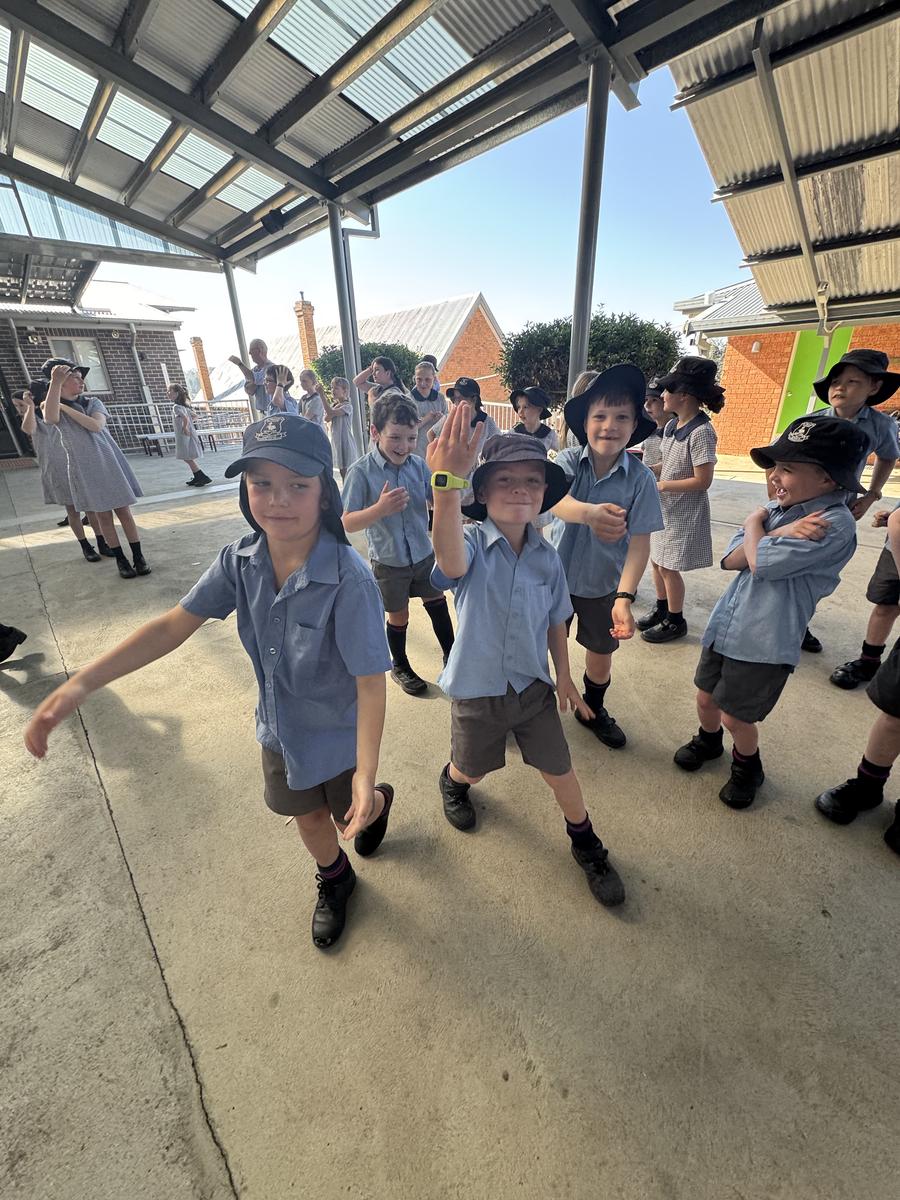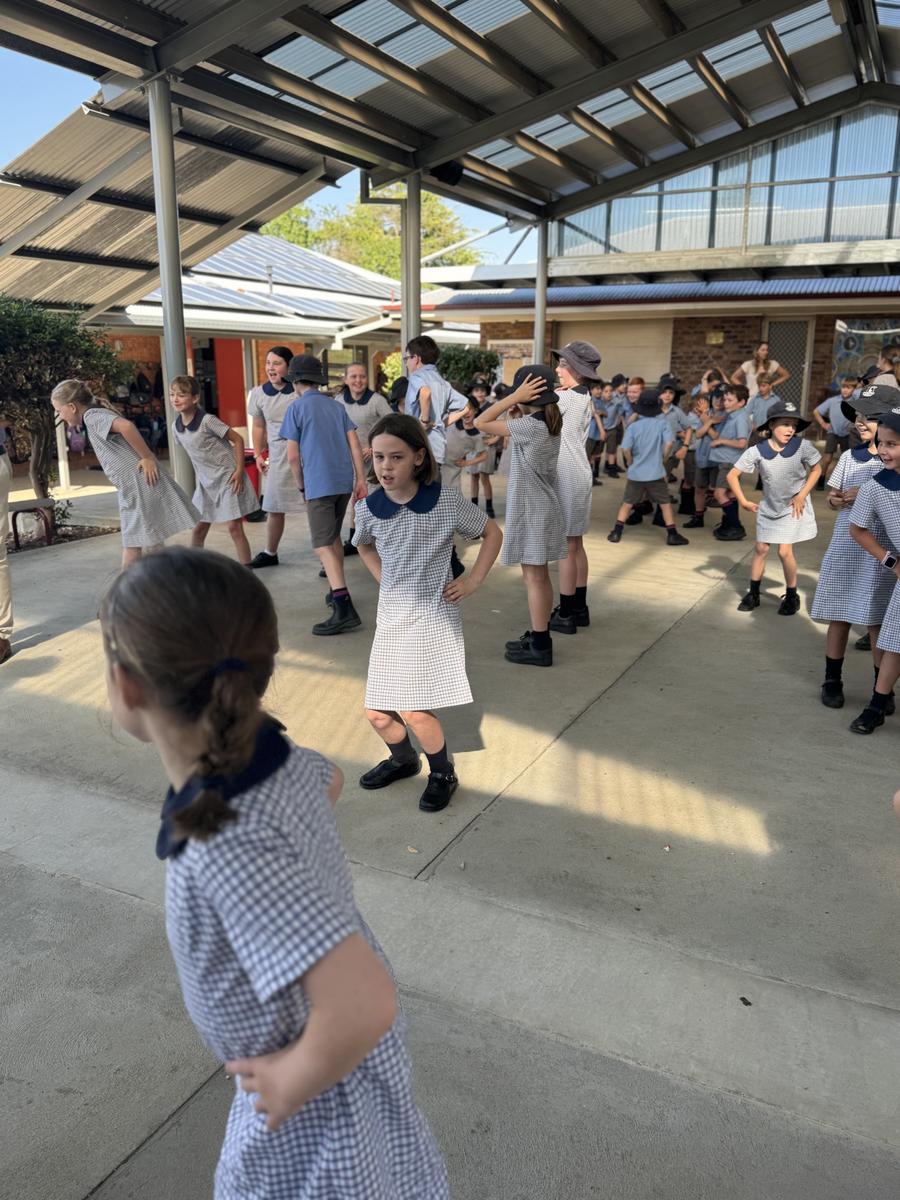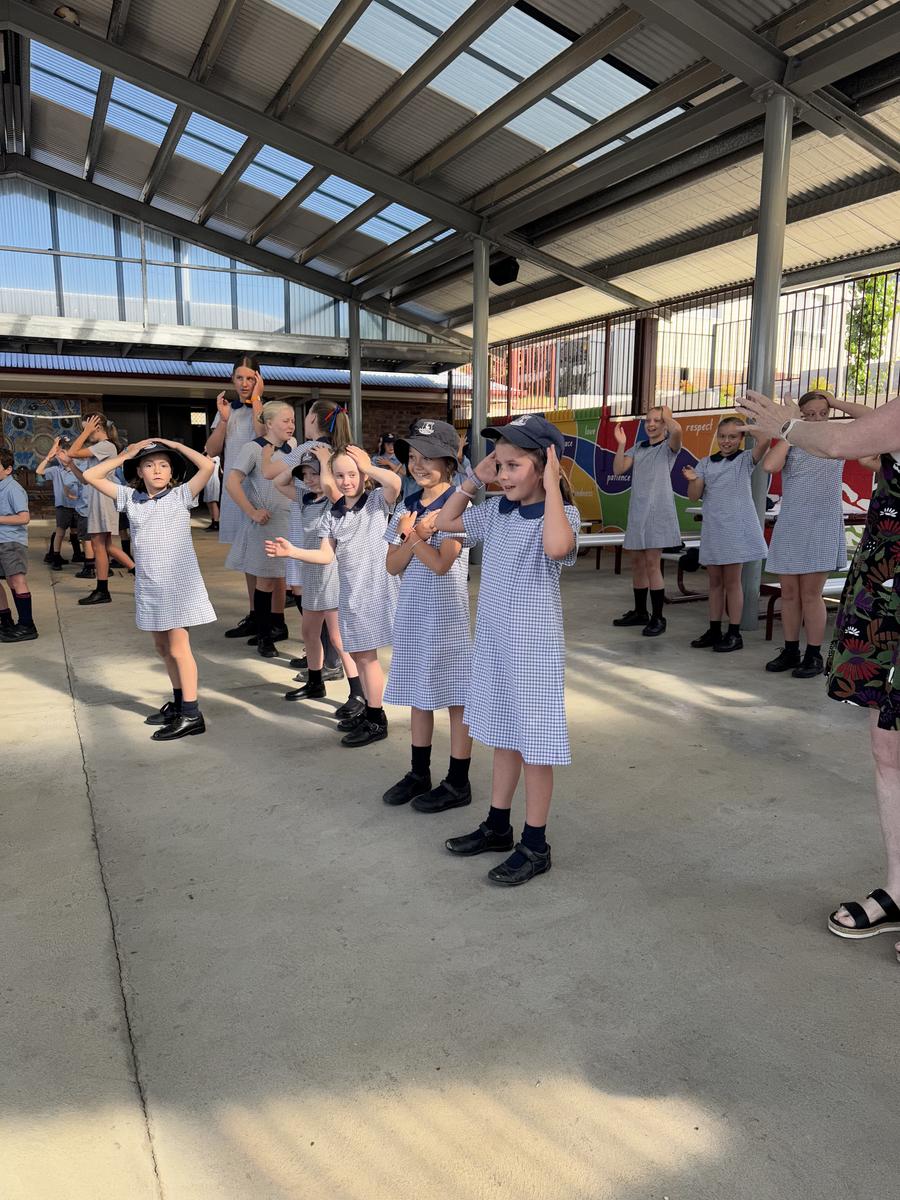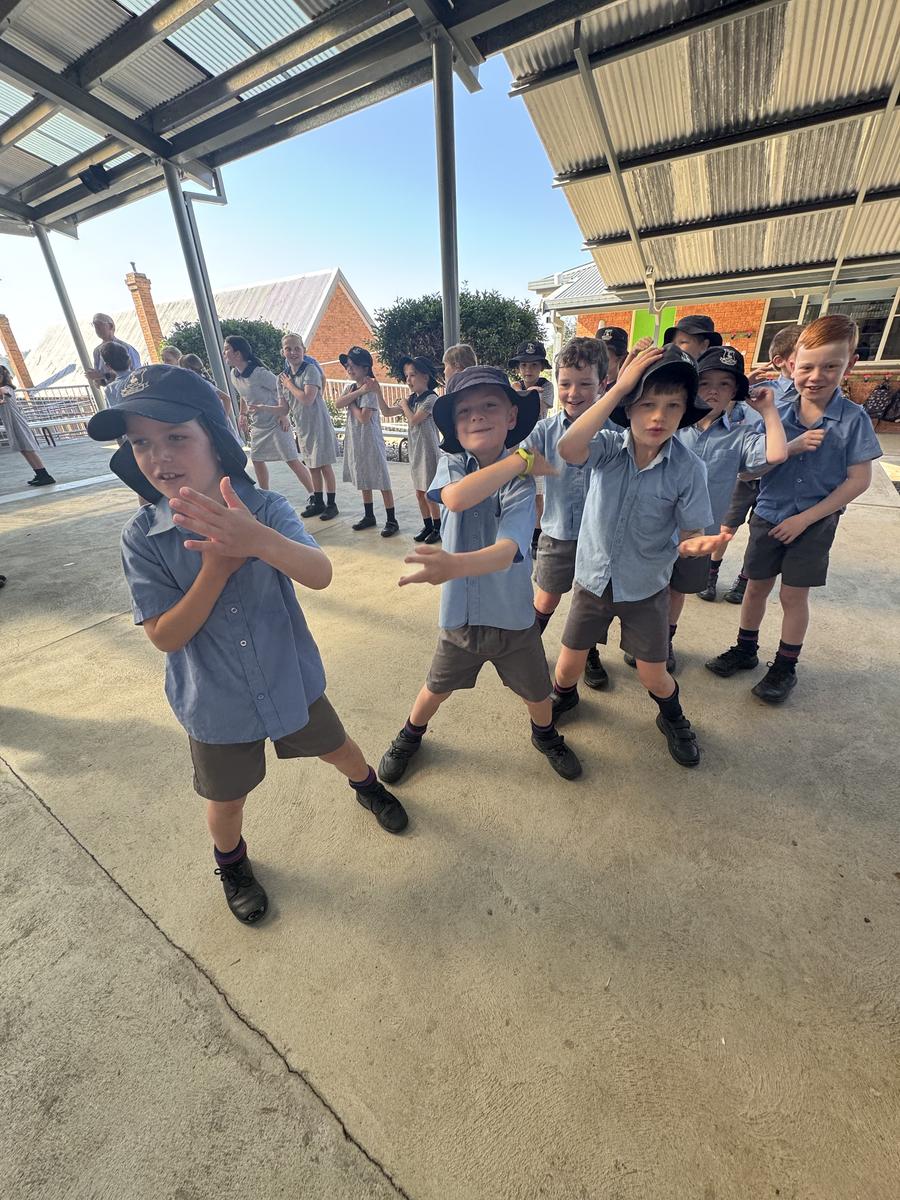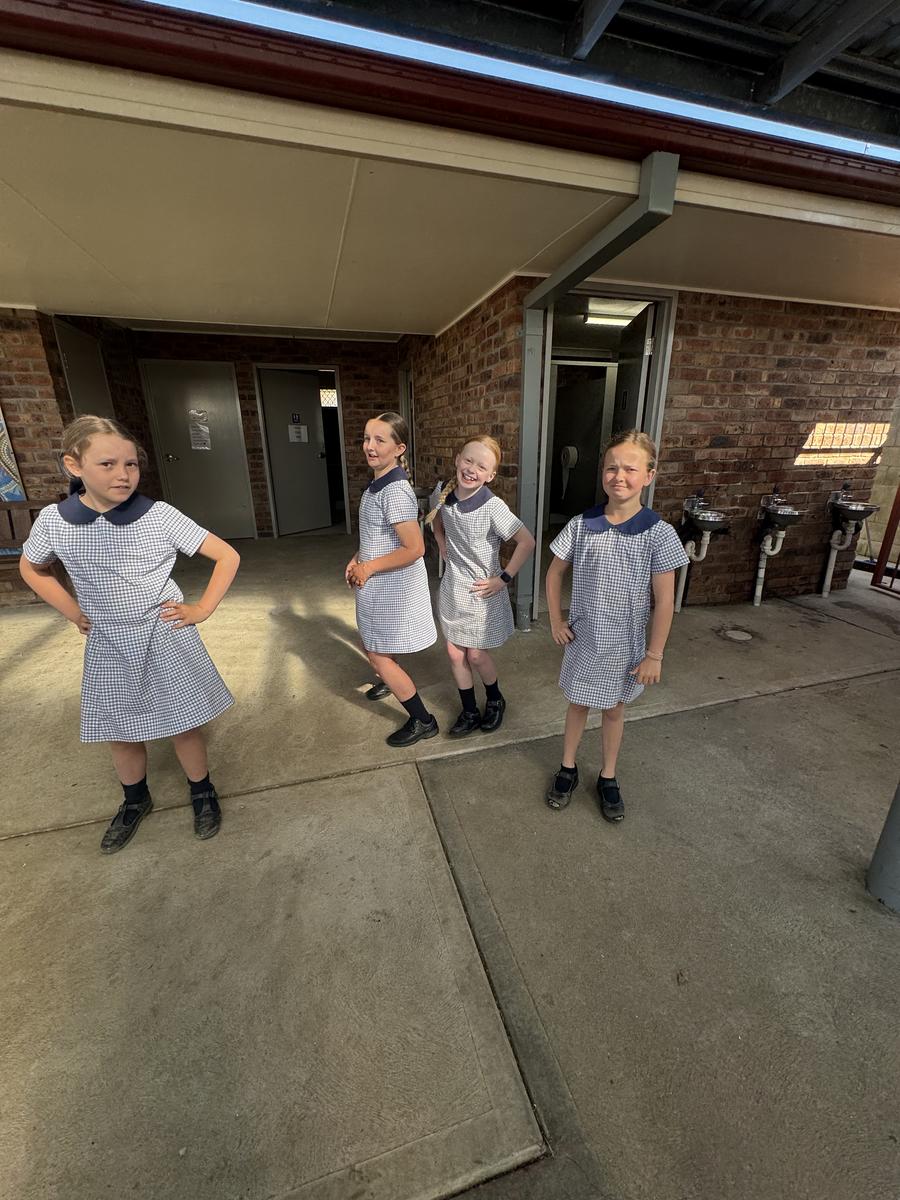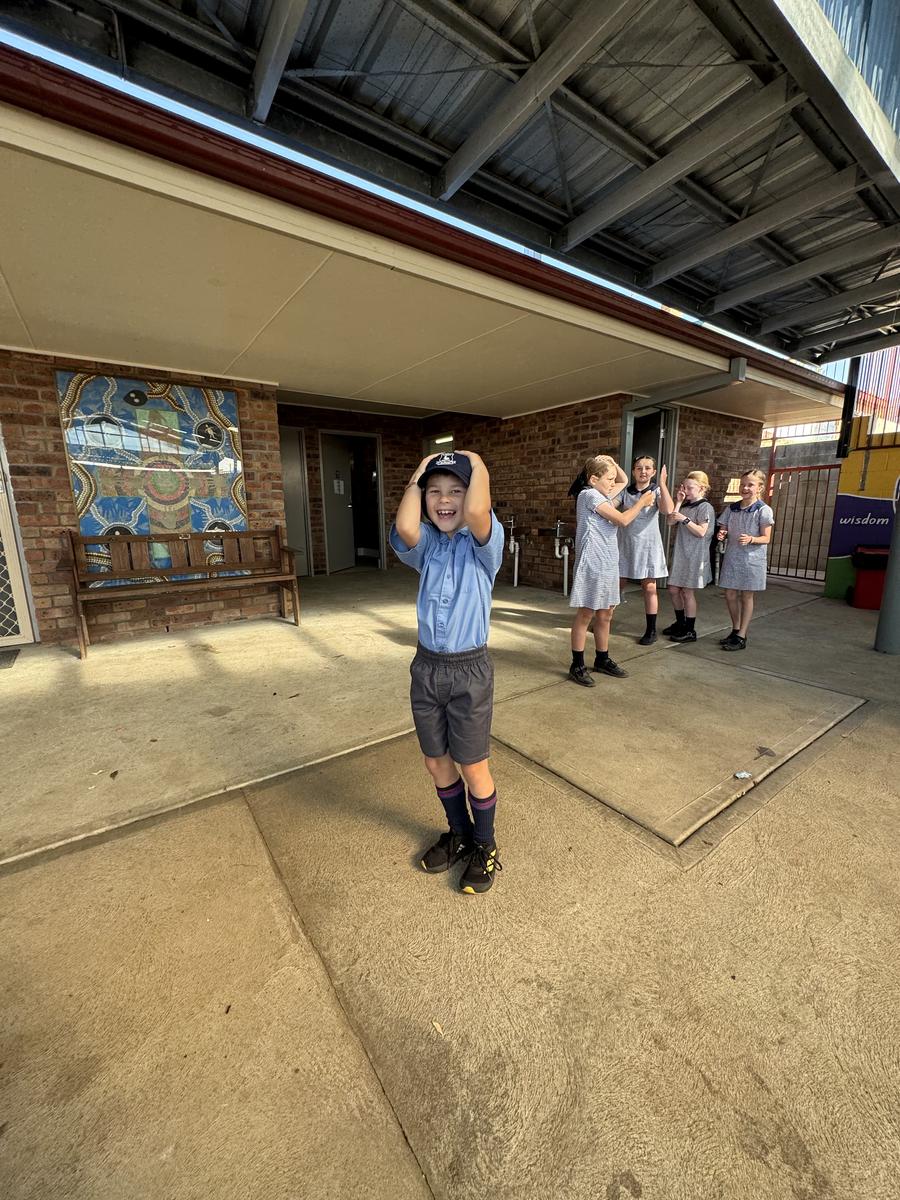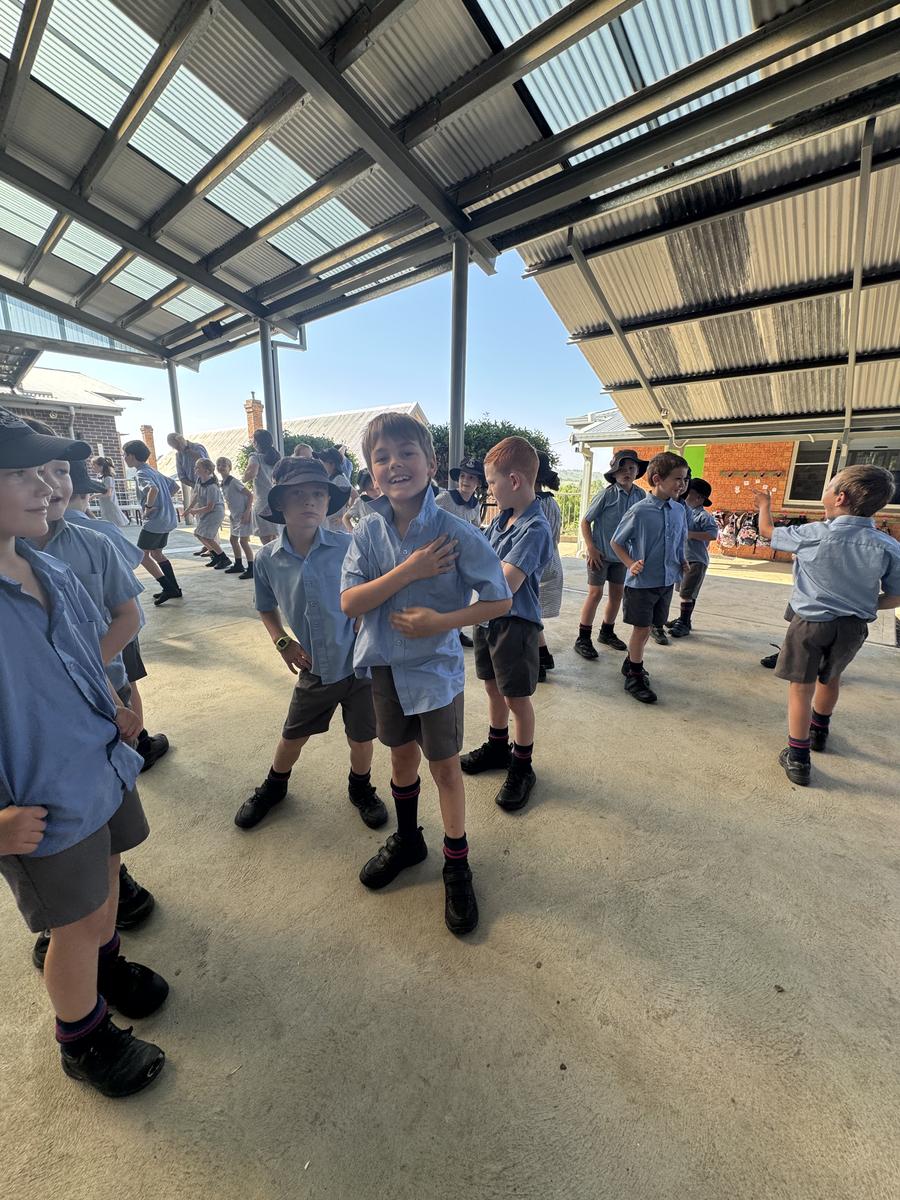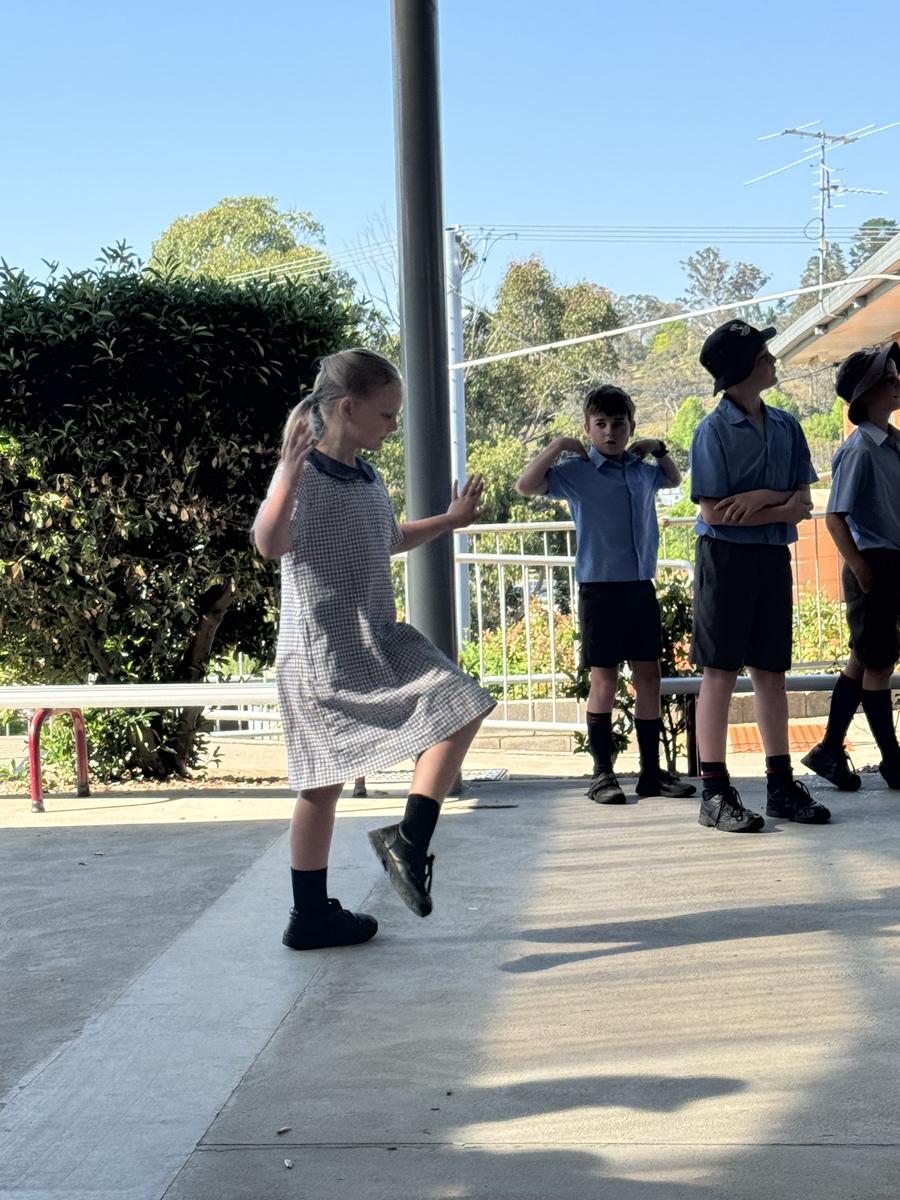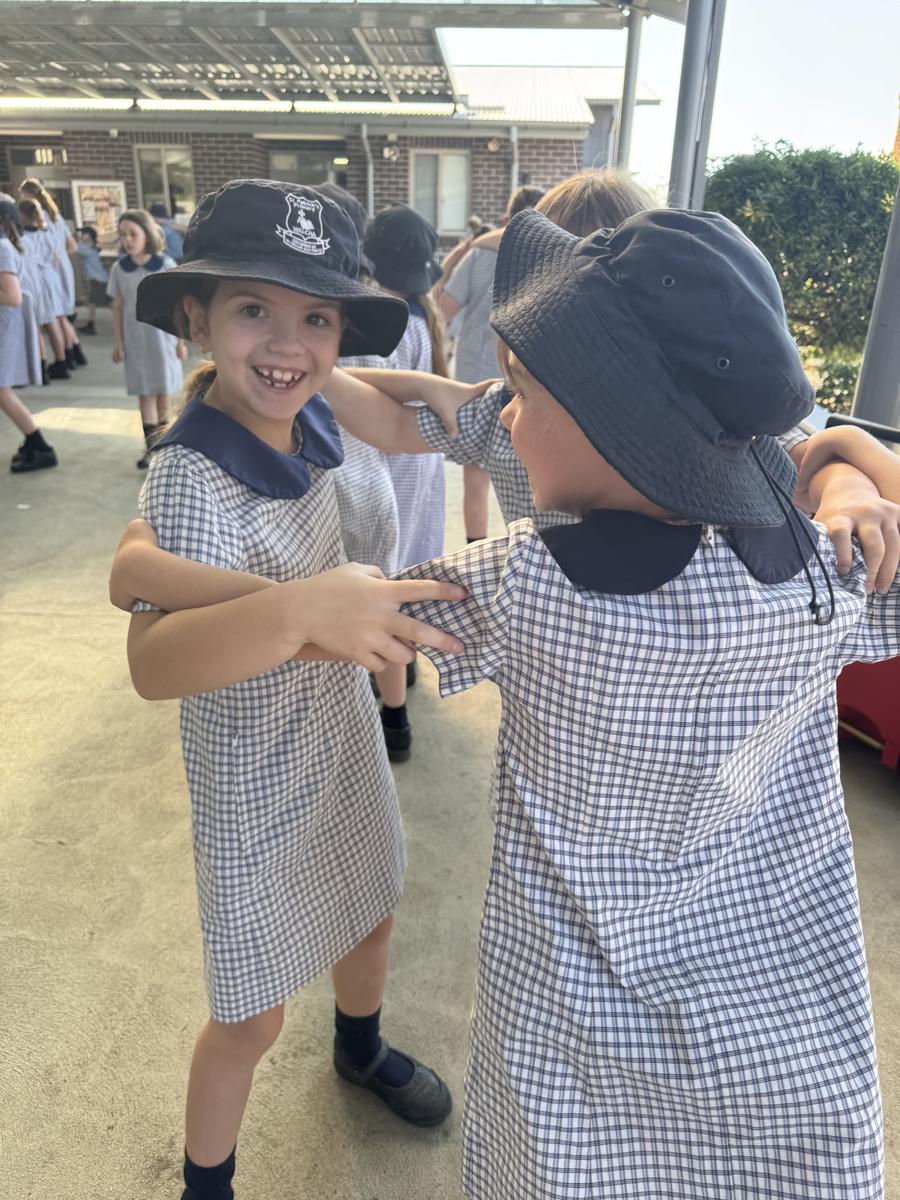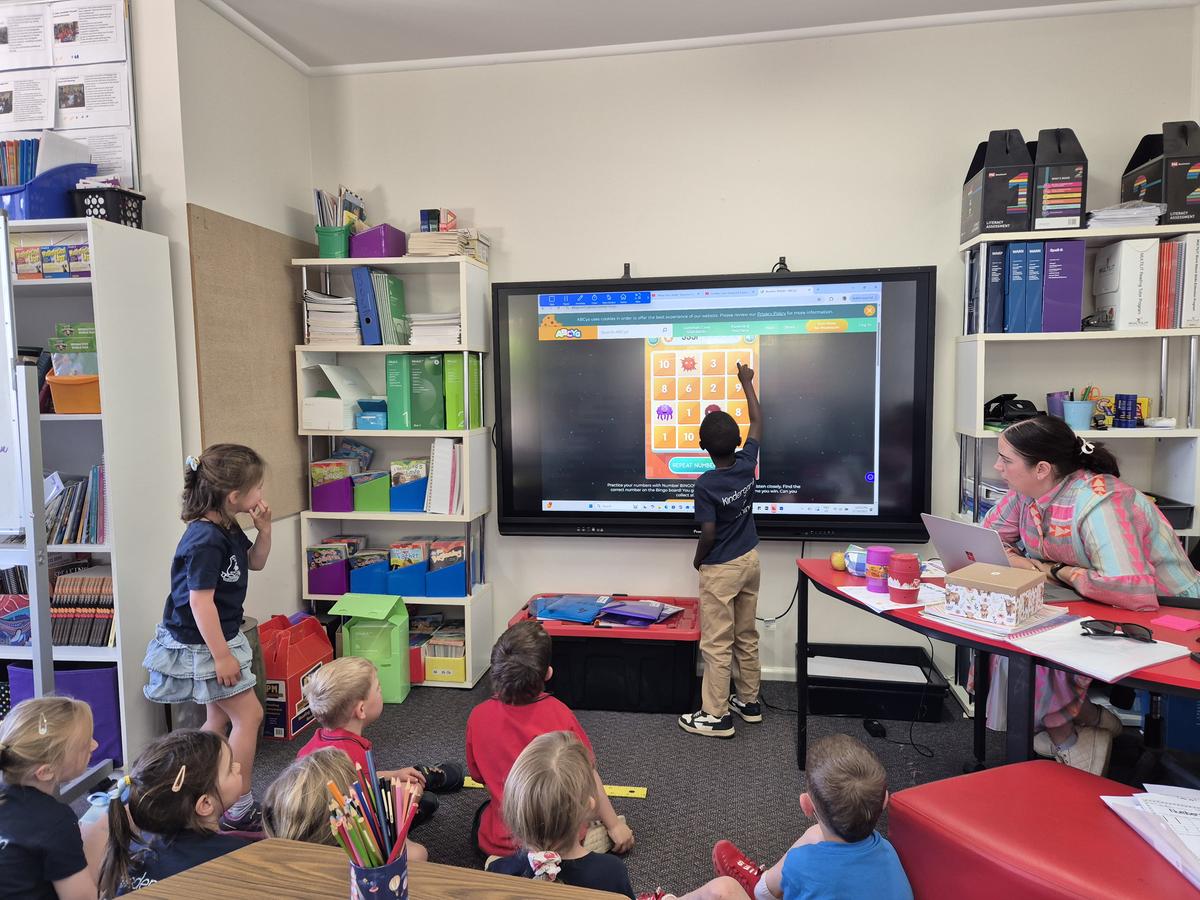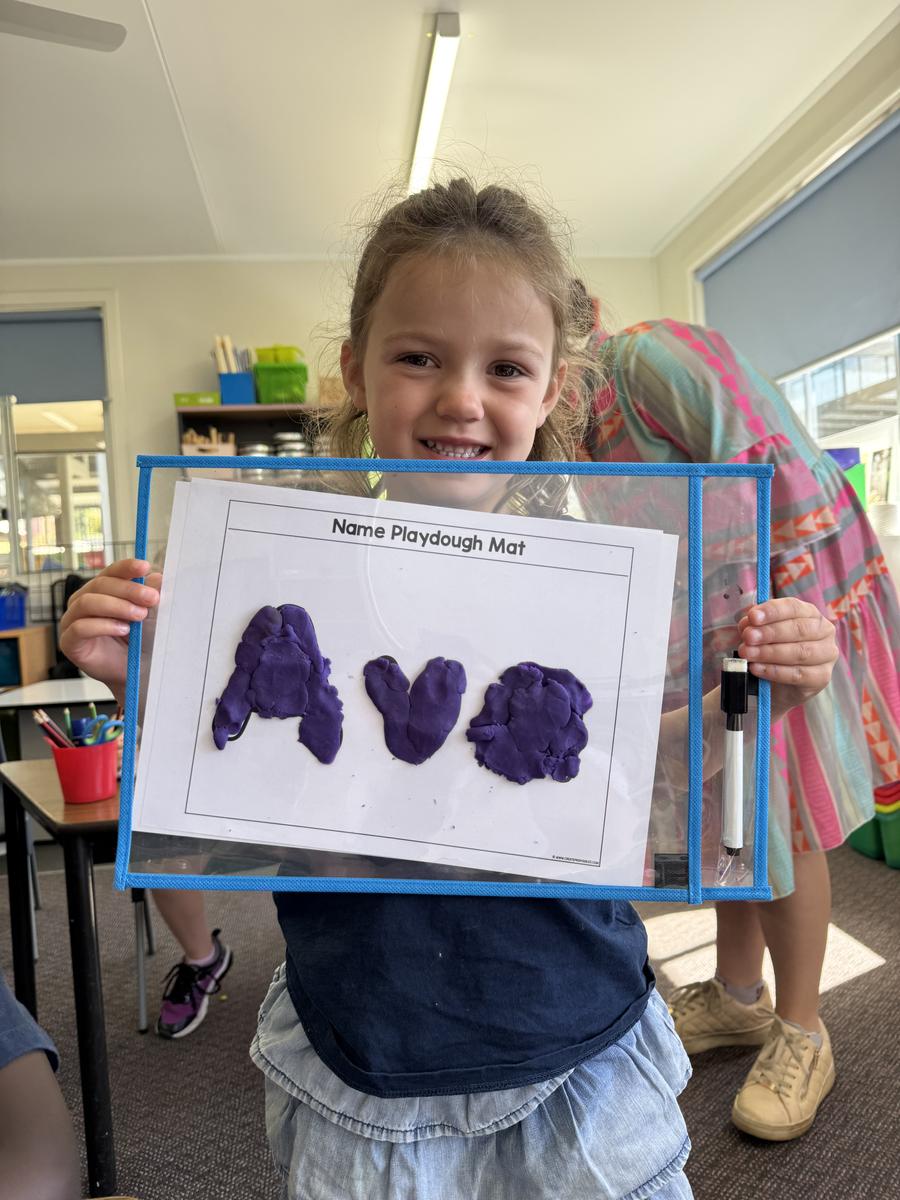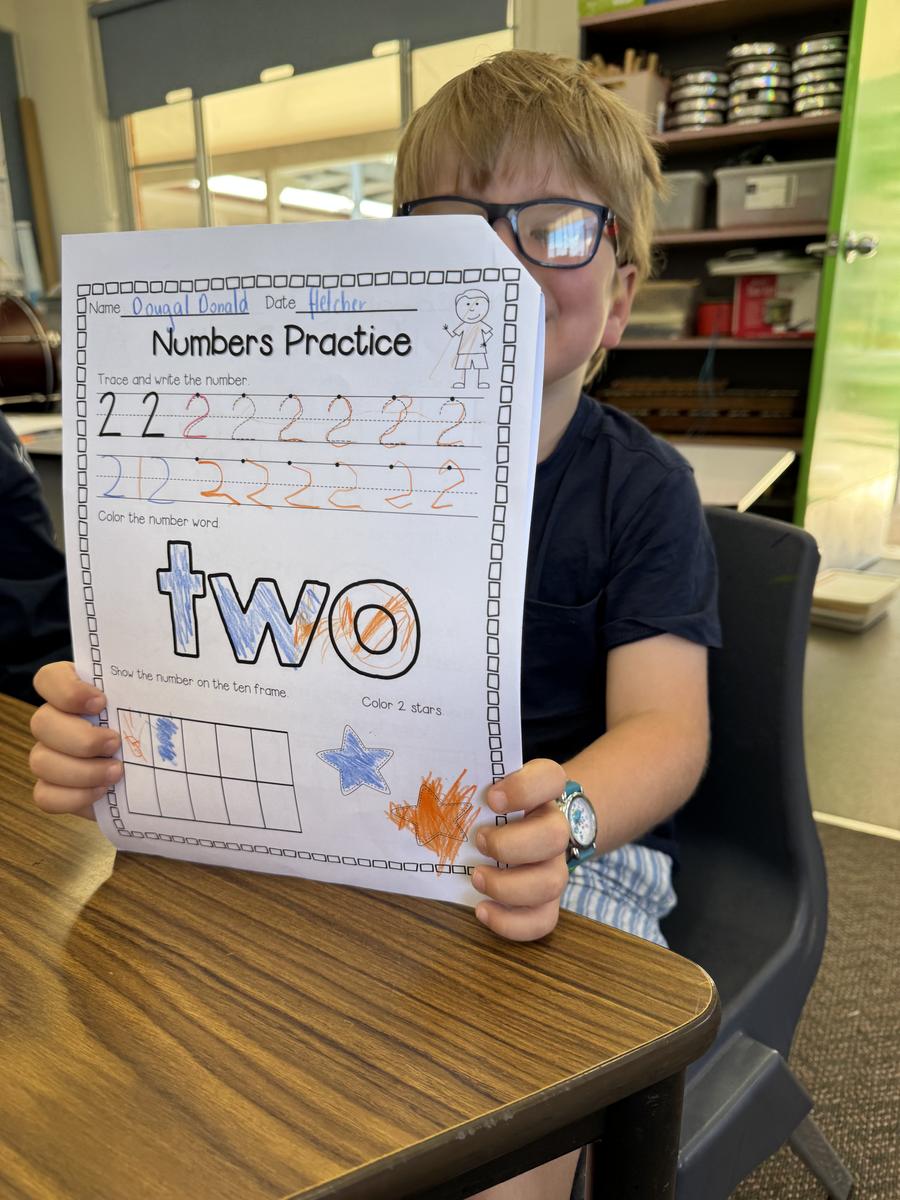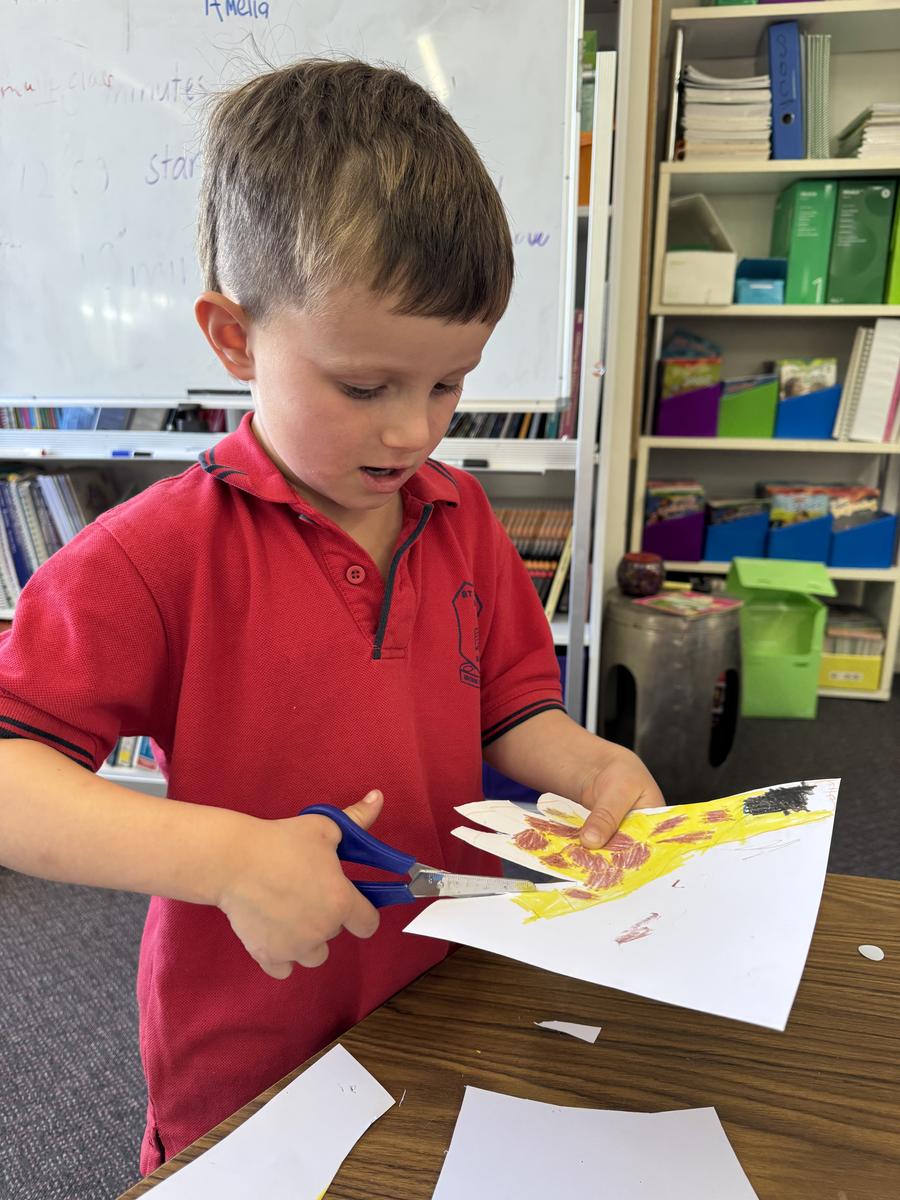Classroom Gallery

News from Year 1-2!
Year 1/2 have been really enjoying our “Well Being” initiative. Milo mugs is always a big hit but the focus has changed this term to most of the class preferring Tuesday Grooves and Yoga Wednesdays. It is obvious that movement and music are important motivators for the students and the added benefits of starting the day with a smile and “pumping you up” are being seen in all classrooms.
Health has continued into the classroom as we have been participating in ‘Australia’s Biggest Child Safety Lesson’ (ABCSL) created by the Daniel Morcombe Foundation. This is an approved unit by CSO Armidale. These lessons aim to educate our students about consent and the importance of understanding how to seek, give and deny consent respectfully. Throughout this unit, students will become familiar with the medical terms for body parts and understand the concepts of private and appropriateness.
This is an excerpt from ABCSL 2023
Why are we teaching children about consent? Communicating about consent in a respectful way can help children assert their right to stay comfortable and enforce their right to stay safe. Consent means having a choice about touch or actions and respecting their answer. With children, we may be more used to using the language “asking for permission.” We can lay the foundation for setting boundaries with children, making decisions about their bodies, asking for permission, and responding appropriately when someone says no to them. Conversations around consent should be ongoing and can be weaved into everyday scenarios. For example, “Do you want a hug goodbye today? We could also wave or high five.” “Can I sit beside you while we read this book?”
Why are we teaching children the correct names of body parts? It is important to teach children the correct names of their body parts from a young age. Children who know the proper names and functions of private body parts are less vulnerable to being targeted by abusers and more likely to tell an adult if they have been harmed. Explain to your child that things about body parts should never be a secret. If an adult needs to touch a child in order to help them stay safe and healthy, it should never be a secret.
Why are personal boundaries important? Child sexual abuse often begins with a perpetrator ignoring a child’s personal boundaries and bodily autonomy. Talk to your child about their personal boundaries and teach them to tell a Safety Helper if someone tries to cross a boundary. Remind your child that they are the boss of their own body and that they can say ‘No!’ to anything that makes them feel uncomfortable.
How does open communication help keep kids safe? Sometimes children may avoid sharing worries with their parents due to fear of being punished or blamed and abusers will take advantage of this fear. Keep communication with your child open and remind them that they can talk to you or another Safety Helper about anything. Everyone has the right to feel safe all of the time. Tell your child that if they don’t feel safe, they should talk to a Safety Helper. If the first Safety Helper doesn’t help them, they should talk to another.
What are Safety Networks and Safety Helpers? The people on a child’s Safety Network are the names of five adults a child has identified as grownups who they feel safe around. We call these five grownups their Safety Helpers. You can help your child develop their safety network by discussing this with them.
You can find out more information at danielmorcombe.com.au/keeping-kids-saferesources/
At St Patrick’s School, these lessons are delivered by the classroom teacher {Mrs Hoy} in a non threatening way and students are asked for permission to share their answers with the class. It is paramount that the students feel safe to be as involved as much or as little as they wish.
Transition week 3 term 4

